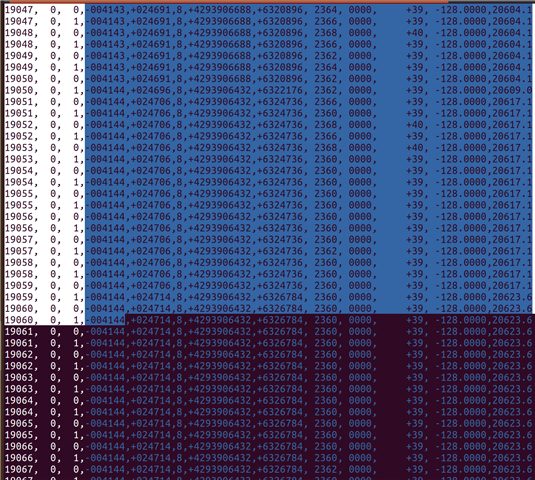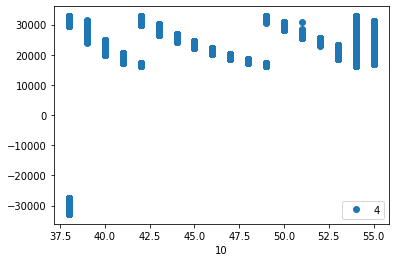Other Parts Discussed in Thread: OPT3101
Calibration Problems for OPT3101
We are using a custom 1 channel opt3101 sensor , to calibrate it we have followed
The steps as mentioned in “OPT3101 SDK Users Guide”
The differences from the steps are ,we have customized settings for linux as our board using OPT3101 sensor has one, instead of MSP we are using ADB to push code into our device .
While calibrating the major issues I am facing are:-
Erratic temperature.
For testing purposes while creating configuration file we have set frames sampling rate in the configuration tool such that we get 1.95 frames per sec.
Also in definition.h , we have set time in seconds between data points to be 20s.
-> yet the result is not following as expected of 20 sec for 1 data ,1 data / 20 sec , it's very fast in IN_LAB_STEP_2 mode , for finding temperature coefficient.
Also temp is very erratic ,it's not varying linearly up or down, eg :- while cooling down, from 43 it might go to 44 for some time then -> 45 ->43 ->42 ->43 ->41 ->42 like that.
It's heating up and cooling down in an analog wave like fashion.
The ways we tried to debug this , tried using a multimeter as a temperature sensor and kept the node on chip and tried the test IN_LAB_STEP_2 again , for 0.1 “c variation get temp in chip Tmain as +-3”c variation, also when in multimeter temperature became stable ,yet in chip reading tmain was varying, this is causing error while plotting graph.
We are going to use a thermistor to get a more accurate temperature reading of the chip rather than a multimeter.
2.in IN_LAB_STEP_1
After adding the configuration file only 1 reference distance is being asked .
Our custom board is only using 1 channel tx0.
But still shouldn't it ask for 1 in HDR mode 0 and 1.
It's only asking for HDR mode 1.
We have modified the OPT3101Coefficients.cpp refdistanceinMM for TX0 in HDR and non HDR mode to 500+10 and 500+20,
As our lens focal length can only capture at least at 50 cm distance.
After checking the configuration file generated by the configuration tool, the data related to tx0 is only present.
3.Cross talk problem
While doing the IN_LAB_STEP_0 experiment to find the crosstalk, we are finding that in channel 1 and 3 some amplitude and other values are coming, while in Tx2 all values are 0.
The setup is such that the photodiode has a plastic cylindrical covering similar to cameras and the IR sensor has a metallic hollow cylindrical small covering .
The length of photodiode covering is longer compared to IR sensors.
Is it possible that IR are passing through these coverings and entering hannels to create crosstalk.
I have tried covering the IR sensor with a camera cap a bit larger than required, an aluminum foil, both are giving amplitude higher than 700 whereas we require only below 600.
I got the best result with a coin which covers fully and a bit of pressure ,giving a best result of below 200 else below 500 in the worst case scenario.
Since before each test IN_LAB_STEP_1 ,IN_LAB_STEP_2 etc , we are doing a crosstalk talk test. I wonder if this is causing any mishap in tests.
Also we have normal led lights in the room where we are testing ,and we are using a tungsten lamp while heating the chamber for testing in IN_LAB_STEP 2. Will they cause any mishaps?
The major issue I got while plotting the graphs are for the same temperature and a wide range of I and Q values.
As there is a + or - 3’c difference , suppose for 35’c i will get values at 32’ to 38’c.
I would like to know more on what I and Q represent what does their polarity signify and can could my Electro static discharge from coin while covering with my hands effect these reading.












